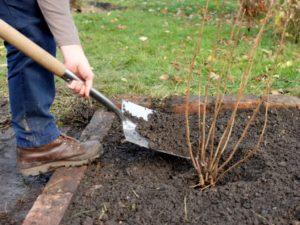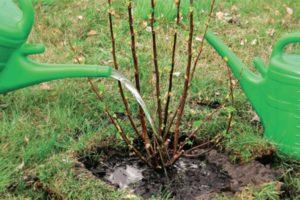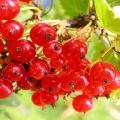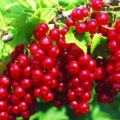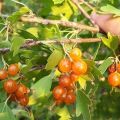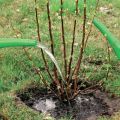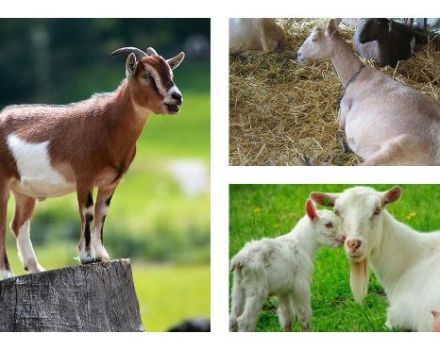Description and characteristics of red currant varieties Rovada, planting and care
Red currants are gaining popularity among gardeners. Its berries have a pleasant taste and many beneficial properties. Since the beginning of the twentieth century, breeders have bred various varieties of red currants. One of the most popular varieties of red currants is the Rovada variety, bred in Holland. This variety has characteristics that are in many ways superior to other varieties.
Description and characteristics of currant Rovada
When describing the Rovada currant variety, it is worth highlighting the yield. One bush gives, on average, ten kilograms of fruit. Rovada is a large plant relative to other varieties. Bushes reach one meter in height, brushes are up to 20 centimeters long. The berries are bright red and have a sweet and sour taste. The plant can withstand winter frosts.
The main pros and cons of the variety
The advantages of the Rovada variety are its high yield, as well as the taste and healthiness of the berries. However, currants are not without drawbacks. The variety has a tendency to thicken, so the bushes must be carefully shaped.
Rovada does not fully disclose its qualities in regions with a continental climate, as it does not tolerate the summer heat well. In addition, cuttings do not root in the best way in red currants compared to black varieties.
Features of growing crops
It is better to plant currants in late summer, early autumn, although many gardeners plant seedlings in early spring.
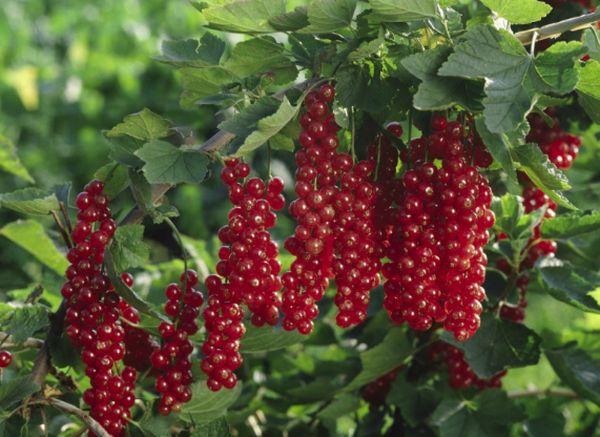
Where is the best place to plant?
Currants should be planted in places well-lit by the sun. It is better to choose a place behind the house for planting so that the plant is reliably protected from strong winds.
The choice of planting material
For planting in the soil, one-year increments should be chosen. Shoots of the second year of life will not work. To make a cutting, you need to cut the lower bud at its base at an angle of 45 degrees. Then you need to measure 20 centimeters up and make a second cut a couple of centimeters above the last kidney. In this way, you can get several cuttings from one branch.
How to plant currants?
Get rid of broken roots before planting. Soak the currant roots in water for a couple of hours. Find a suitable planting site and plant the currants in rows, one and a half meters apart. After planting, you should water the bushes abundantly.Cover the soil around the plants with ten centimeters of sawdust.
The nuances of care
Rovada is unpretentious in terms of care, however, in order to obtain a healthy harvest, it is necessary to provide the currants with sufficient watering, feeding and regularly prune the plant in order to avoid thickening.
Top dressing and watering
Rovada, as a plentifully fruiting plant, needs regular watering and feeding.
This variety of red currant is characterized by spreading roots that are demanding to water. It is recommended to make root watering, or watering by sprinkling. Shower regularly on powerful bushes with lots of leaves and berries. It is best to water the plant in the evening.
Track the condition of the soil, it should not turn green or rot. To prevent the soil from drying out, after watering it should be mulched near the roots. To provide oxygen to the roots, the soil should be loosened.

In early spring, fertilizers containing nitrogen, such as nitrate, should be applied to the soil. During the flowering period, the plant needs minerals, so you need to feed it with mineral complex fertilizers. In the fall, humus should be introduced into the root soil.
Pruning rules
Rovada is characterized by a tendency to thicken, so it must be thinned out. At the beginning of the development of the bush, it is recommended to leave two shoots, and when the bush has formed - four. After three years of age, the bushes need to be thinned regularly, as second-order shoots begin to grow intensively. From the fourth year, the old growth is removed. It is optimal to carry out the procedure in early spring and late autumn.
Shelter culture for the winter
Despite the fact that Rovada is a frost-resistant variety, the plant should not be exposed to too much hypothermia. In regions where the temperature can drop below 35 degrees in winter, the plant needs to provide a shelter that will not only isolate from the cold, but also press the branches to the ground to protect it from gusts of wind.

For these purposes, it is necessary to make trenches ten centimeters deep, lower the branches into them and sprinkle them with loose earth. You can also gently press the branches to the ground using bricks or pieces of wood. Metal cannot be used for this. After fixing, the bushes need to be covered with insulation with mineral wool. Do not wrap the branches with airtight materials, as the plant needs oxygen access.
At the beginning of the spring thaws, it is necessary to free the plants from the shelters so that the stems wake up without delay and give a full harvest.
Diseases and pests
The greatest danger to Rovada is represented by fungal diseases, as well as such pests as aphids and currant glass.
Septoria (aka white spot)
Septoria is a parasitic fungal disease that causes leaf spots that gradually enlarge and cause foliage to fall off. Nitrafen solution helps to prevent the disease. Before flowering, the bushes should be treated with a solution of Bordeaux liquid. Also, for prevention, it is necessary to remove plant residues around the trunk in a timely manner.

Anthracnose
The most dangerous disease for this variety. A fungus that causes foliage to fall and berries to rot. Just as in the case of septoria, for the prevention of anthracnose, it is necessary to get rid of plant residues in time and spray the plants with a solution of Bordeaux liquid.
Currant glass
Currant glass is a pest caterpillar that settles for the winter in last year's currant shoots. In the course of their life, they eat up the buds of the plant and damage the shoots, as a result of which the plant withers.The branches affected by the caterpillar should be immediately cut and burned. Two weeks after flowering currants, spray it with a solution of Karbofos to prevent the appearance of glass.

Redcurrant gall aphid
Green pests that feed on currant leaves. They are most active at the beginning of the summer season. To combat aphids, treatment of bushes with Nitrafen solution helps. It is necessary to get rid of shoots heavily affected by aphids in a timely manner. Treatment with a solution of Karbofos helps to combat. Plants should be processed before flowering or after harvesting.
Plant propagation
Currants are propagated by green or woody cuttings, layering and division. Summer time is suitable for propagation by green cuttings. An annual shoot is cut from the bush, divided into several cuttings and planted in the ground.
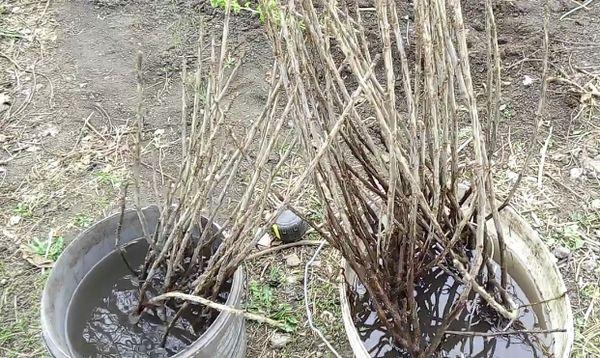
For propagation by wood cuttings, you need to choose old shoots. This method should be used at the end of the summer season. Wood cuttings root less well than green cuttings and therefore require a greenhouse.
Layers are the most optimal way to propagate currants. The branches of a young bush should be cut at a distance of 10 centimeters from the base. In autumn, new shoots must be separated and planted.
Reproduction by division is used when there is not enough planting material. For this, a well-developed bush is divided into several parts.
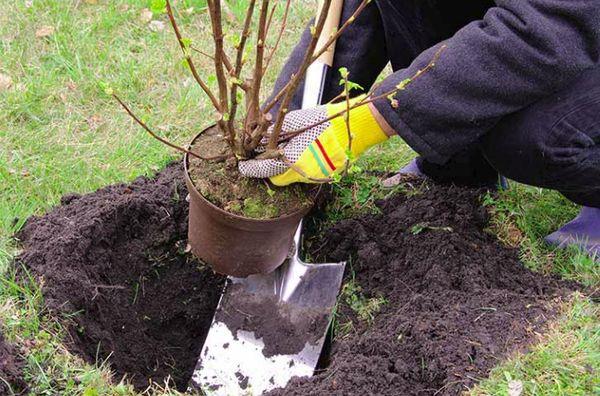
Harvesting and storage
Harvesting the red currant should be done after the bush is fully ripe. It is better to use small containers for collection so that the berries do not crumple under their own weight. Berries should be picked on cool, dry days, since berries harvested after rain are worse stored. You can store dried berries in the refrigerator, in plastic bags.
Currants are able to retain their taste for a long time, but the beneficial properties begin to diminish after a couple of months of storage.
